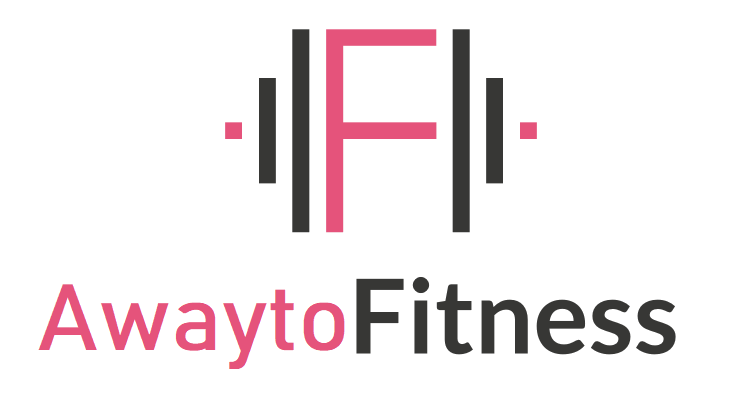Aging is no longer a process that has to leave us marginalized and weak. Being “old” is now an opportunity to discover more fully who we are and who we can be. If we allow it, we can speak to the world as never before.
Keeping your body active may help keep your mind in shape as well, according to a new study.
Researchers found that elderly men who decreased the duration or intensity of their physical activity level over a 10-year period experienced a greater decline in cognitive skills, such as attention, memory, and language skills, than men who maintained the intensity of their physical activity.
Keeping active in your older years is very important to maintaining a healthy body, a healthy mind, and for maintaining social bonds that contribute to your overall well-being.
Relaxation
In our fast paced and hectic lives, we sometimes miss the opportunity to take a break and really relax. Full body relaxation has been shown to help in making many of our everyday tasks just a little easier. It has also been effective for some in the management of anxiety, stress, high blood pressure, digestive upsets, etc. Deciding to set aside time to relax can be an important part of dealing with life in a more healthful way.
Relaxation can be achieved by practicing progressive muscle relaxation. It is a technique in which you focus on, tense and relax successive body parts. It was developed in 1920 by Edmund Jacobson who found that deep muscle relaxation could be achieved if the muscle is contracted prior to relaxing it. For maximum benefit, daily practice is recommended.
How To Relax
- Set aside 20 minutes of uninterrupted time. Sit comfortably with your legs uncrossed and your hands on your lap. Close your eyes and take three deep breaths. Try to empty your mind of any daily concerns or worries. If any thoughts intrude during the practice, imagine them drifting away. Continue to breathe deeply throughout the exercise.
- Focus on the feeling in your body. What parts are tense? What parts are relaxed?
- Tense your feet and hold it for two second. Release the contraction and imagine all the tension in your feet leaving your body through the soles of your feet.
- Tense your calf muscles and hold it for two seconds. Again, release the contraction and imagine that the calf is totally relaxed and free of tension.
- Repeat the tense and relax sequence with your thighs; buttocks; lower back.
- Tense the abdominal muscles by holding them in for one second as if preparing to take a punch. Release the contraction.
- Tense the shoulders by bringing them up to your ears for 2 or 3 seconds and them letting them fall. Imagine your shoulders as free of tension and weightless.
- Tense the muscles of your arms and hold it for 3 seconds. Release the contraction and feel the tension leave the arms.
- Tense your hands by making tight fists. Hold for 2 seconds and release, imagining all the tension leaving your hands.
- Tense the neck by GENTLY AND WITHOUT STRAIN looking to the right. Feel the tension on the left side. Then look forward and imagine total relaxation on the left side of your neck. Do the same for the right side of the neck.
- Continue with the neck relaxation by GENTLY AND WITHOUT STRAIN bringing your chin towards your chest. Feel the tension in the back of the neck. Bring your neck up and imagine your neck as light and free of tension.
- Focus on your forehead. Tense the forehead by furrowing your eyebrows together for two seconds and then release. Then, raise your eyebrows as high as you can and hold for two seconds. Release your eyebrows and imagine your forehead and face as totally relaxed.
- Take a few moments to scan your body again. If there is any part which remains tense, tense and release that area again.
- Take a couple of deep breaths in this relaxed state and imagine yourself in a very tranquil environment such as at the ocean or in a meadow. When you want to finish, take a deep breath and slowly orient yourself to the room in which you are relaxing.
Physical activities such as walking, bicycling, gardening, sports, odd jobs and hobbies will help maintain health and fitness, and also keep the brain fit. Don’t let your age be a barrier to maintaining an active lifestyle!

Recent Comments